
Lou Albert-Lazard
Avant-garde artist Lou Albert-Lazard (1885-1969) was interned in the Gurs concentration camp where she drew and painted portraits of the women inmates there.
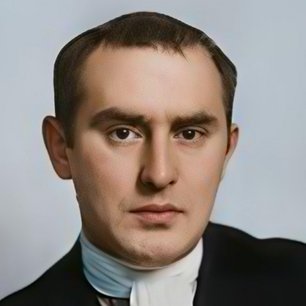
Jankiel Adler
The works of avant-garde painter and printmaker Jankiel Adler significantly shaped modern art. In 1933, Adler fled to Paris, continuing to resist Nazism through his art.

Azriel Awret
The artist and engineer Azriel Awret (1910-2010) painted life in the Malines concentration camp during his imprisonment, including figures of other internees.

Irène Awret
Artist and writer Irène Awret (1921-2014) hid with the Jewish underground, supporting herself by restoring sculpture. She was arrested when a Jewish informer gave her up to the Gestapo.

Yehuda Bacon
Czech artist Yehuda Bacon was deported to Terezin aged 13. In December 1943 Bacon and his father were deported to Auschwitz.

Abraham Joseph Berline
Abraham Joseph Berline (1894-1942) was a Ukrainian artist who lived in Paris and died during World War II. He produced a number of landscapes and portraits in the camps.

Alexander Bogen
Artist and partisan fighter Alexander Bogen (1916-2010) drew scenes from the Vilna ghetto and Partisan activities in the Narocz Forests of Belarus.

David Brainin
Artist and dancer David Brainin (1905-1942) was interned in Compiègne and in Drancy, where he drew and painted depicting scenes of camp life. He was deported to Auschwitz where he was murdered.

Effim Bruhis
In 1941 the sculptor Efim Bruhis (1901-1942) was arrested and interned in Compiègne. He continued with his art and exhibited his works there. That same year he was deported to Auschwitz via Drancy.

Max Bueno de Mesquita
In 1941 Dutch artist Max Bueno de Mesquita (1913-2001) was discovered in hiding and sent, via Westerbork, to Auschwitz. Barely surviving, the Holocaust featured in his post-war works.

Charlotte Buresova
Czech artist Charlotte Buresova (1904-1983) was persecuted as a Jew before deportation to Terezin. Encouraged to paint, she would come to say the work produced in the ghetto was her most frank and direct.
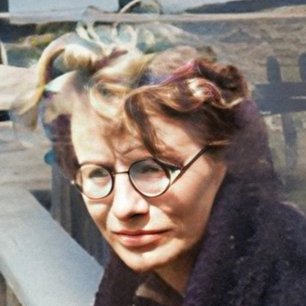
Sylta Busse-Reismann
Sylta Busse-Reismann recorded her time in the Rieucros womens camp in a series of drawings depicting its daily life.
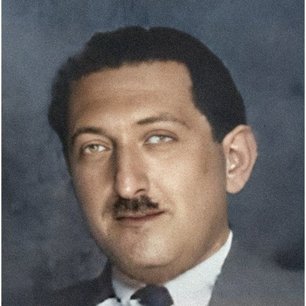
Carol Deutsch
The painter Carol Deutsch died in 1944 in Buchenwald. He was known for his expressionist paintings and for collection of biblical illustrations created during the the war.
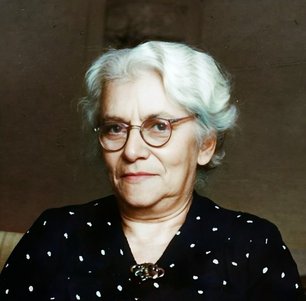
Emmy Falck-Ettlinger
In 1940 Emmy Ettlinger was interned in Gurs. She drew the cemetery there portraying emptiness and loneliness, where over a thousand inmates were buried.

Aizik-Adolphe Féder
Respected Ecole de Paris artist Aizik-Adolphe Féder (1887-1943) joined the underground during WWII but was betrayed and deported to Auschwitz where he was murdered.

Karel Fleischmann
Medical doctor Karel Fleischmann (1897-1944) also studied painting and drawing. In his many paintings he documented the cruel reality of life in the Terezin ghetto.

Jacques Gotko
In July 1941 Jaques Gotko (1900-1943) was arrested as a Russian national, released then re-arrested, this time as a Jew. He was sent to Compiègne and his "degenerate" paintings in Charente were destroyed by the Nazis.
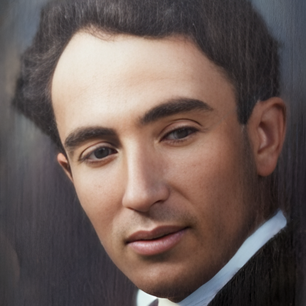
David Goychman
In 1941, David Goychman was arrested in Villeurbanne and interned in the Compiègne camp, where he continued to paint and take part in exhibitions.
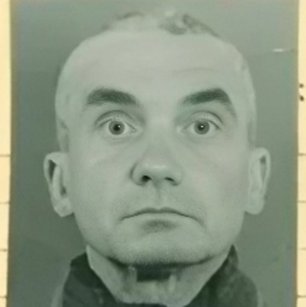
Paul Goyard
Paul Goyard joined the Resistance movement which led to his arrest in 1942. In May 1944, he was transported from the Compiègne internment camp to Buchenwald where he drew 300 drawings documenting the camp.

Leo Haas
Czech artist Leo Haas (1901–1983) risked his life to record the atrocities in Terezin. He documented many aspects of ghetto life through his painting.

Isis Kischka
In 1941 Isis Kischka (1908-1973) was arrested and interned in the Compiègne concentration camp. While there, he painted scenes of the camp and portraits of his fellow inmates.

Léon Landau
Set designer Léon Landau (1910-1945) painted in the Malines camp before deportation to Bergen-Belsen. He survived until liberation but died of typhus caring for patients.

Ella Liebermann-Shiber
In December 1943 Ella Liebermann-Shiber (1927-1998) entered Auschwitz aged sixteen and survived with her mother by drawing portraits of the SS officers' relatives. She and her mother were liberated in May 1945.

Esther Lurie
The artworks of Esther Lurie (1913-1998) were confiscated and she was imprisoned in the Kovno ghetto. There she recorded the ghetto life in drawings and writing.

Chaim Livshitz
Chaim Livshitz spent nearly fifty years carrying the idea of a painting he could not complete. His first sketches would eventually become "Prayer in Minsk."

Jacques Ochs
Artist Jacques Ochs (1883-1971) was arrested November 1940 and deported to the Breendonk camp where he captured the camp experience in his caricatures but was also forced to draw victims portraits for a morbid victim wall.

David Olère
David Olère's artistic and linguistic talents were taken advantage of by Auschwitz camp administrators and he bore witness to the cruel acts perpetrated there. He survived a death march and forced labour in several camp.

Halina Olomucki
Halina Olomucki was eighteen when WWII broke out and was sent to the eastern side of the Warsaw ghetto, where she also immediately began to draw and paint.

Lili Rilik-Andrieux
Artist Lili Rilik-Andrieux (1914-1996) painted scenes of life in the camp at Gurs. In 1942 she was sent to the camp at Les Milles where she contracted typhus.

Vladimir Sagal-Sagalowitz
Vladimir Sagal-Sagalowitz (1898-1969) painted portraits of his fellow inmates in Saint-Sulpice-la-Pointe. In 1943 he managed to escape and reach Switzerland.
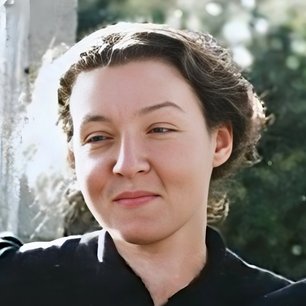
Charlotte Salomon
Charlotte Salomon was forced to abandon her art school studies early, fleeing to her grandparents in France. She was captured and sent to Gurs in 1938.

Malva Schaleck
Malva Schaleck (1882-1944) fled Vienna, leaving all her works behind her into a life of fear. In 1942 she was transported to Terezin where she created many works in secret, depicting scenes of ghetto life.

Savely Schleifer
Savely Schleifer (1881-1943) was arrested and interned in Compiègne where he continued to paint, especially still lifes and scenes of the camp. In September 1943 he was transferred to Drancy and shortly after to Auschwitz.

Karl Schwesig
Karl Schwesig (1898–1955) was interned in several camps throughout the war and in each of them he would sketch, often using highly critical caricature.

Amalie Seckbach
Artist Amalie Seckbach became successful later in life as a sculptor and painter. She failed to escape from Germany at age 72 and died in Terezin.

Amos Szwarc
Amos Szwarc was interned in the Lodz ghetto, where he depicted figures of suffering children. He was deported to Auschwitz in 1944 and died there.
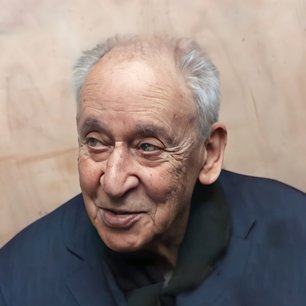
Boris Taslitzky
The works of French painter Boris Taslitzky (1911-2005) chronicled some of the darkest moments of the 20th century, particularly through his artistic documentation of life in Nazi concentration camps.

Max van Dam
Prize winning Dutch painter Max van Dam (1910-1943) was captured and sent to the French camp of Drancy. From there he was deported to the Sobibor extermination camp.
